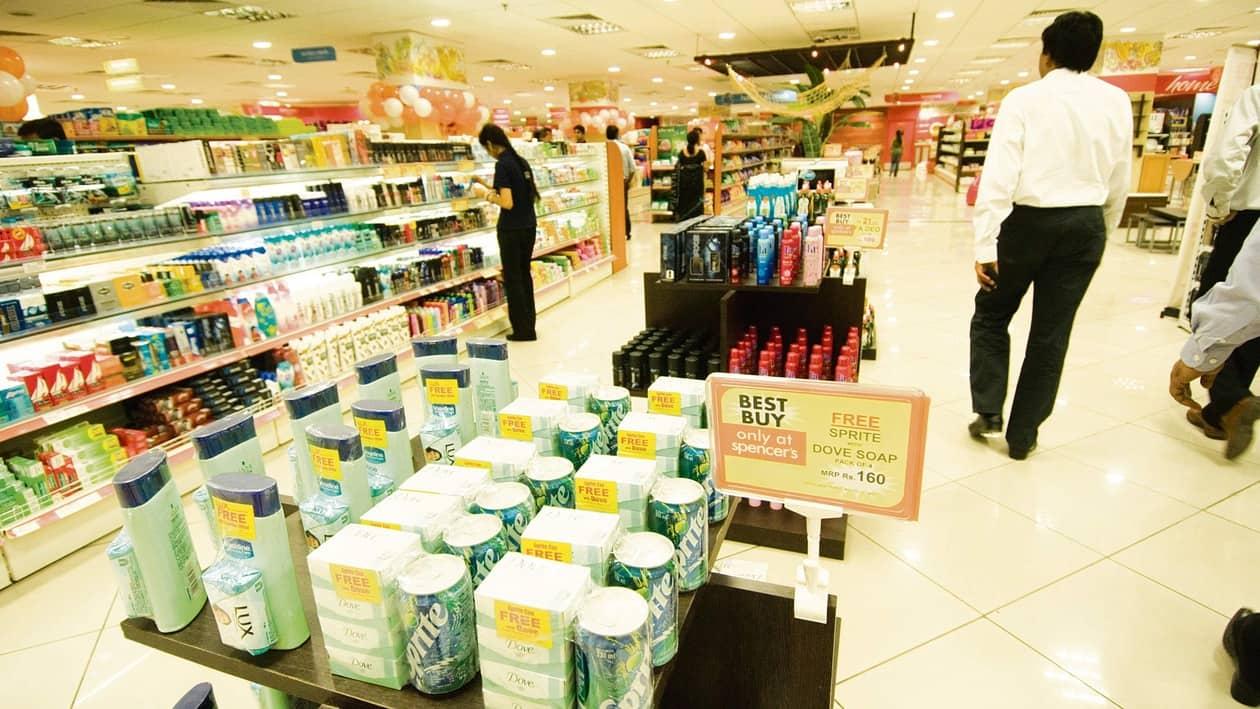The last 1 year has not been a good one for FMCG rivals Nestle and Hindustan Unilever (HUL). Both stocks have underperformed the Nifty FMCG index in 2022 YTD as well as in the last 1 year.
HUL has fallen nearly 1 percent in the last 1 year while Nestle has lost over 2 percent. In comparison, the Nifty FMCG index has gained over 9 percent in this time.
Meanwhile, in 2022 YTD, HUL has surged 14 percent as against a 3 percent decline in Nestle. Nifty FMCG has rallied 18 percent in 2022 so far.
In a recent report, brokerage house ICICI Securities said that it believes Nestle may potentially outperform HUL in long term driven by multiple favorable factors (both extrinsic and intrinsic).
In Nestle, the brokerage likes on the back of its penetration-led volume growth, the lower threat from D2C brands, more global portfolio opportunities, better operating margin expansion headroom and the long-term tailwind of consumers preferring convenience.
ICICI has an add rating on both stocks. For HUL, it has a target price of ₹2,750, implying a potential upside of just 2 percent while for Nestle, its target price was 20,500, indicating an upside of 8 percent. Let's understand why ICICI Sec prefers Nestle over HUL.
Potential for operating margin: ICICI Securities believes that there is higher scope for margin expansion for Nestle compared to HUL. This will be likely largely driven by higher volume-led growth leading to operating leverage and premiumisation, noted the brokerage. HUL has expanded its EBITDA margins by 550 bps and 950 bps in the last five and ten years while Nestle has expanded its margins by just 310bps and 220bps over the same period, it informed.
It believes HUL was a beneficiary of both volume-led growth and premiumisation in the last decade which Nestle may witness in the next few years. On the other hand, HUL expects margin expansion to be moderate in the medium term given there will be an increase in ad-spends and investment for market development activities, noted ICICI.
Volume Growth: As per the brokerage, Nestle India has relatively lower salience from rural areas, at 20 percent, which is one of the lowest in our coverage) compared to HUL which has been a pioneer in driving penetration-led growth in rural areas through smaller packs and brand architecture. ICICI noted that rural regions are one of the large drivers of volumes for most FMCG companies.
ICICI believes that Nestle through its strategy will likely drive rural penetration for its products leading to volume growth. HUL, on the other hand, has been a pioneer over the last few years in driving penetration-led volume growth through its multi-brand architecture.
According to ICICI, HUL will likely have premiumisation-led growth as it has already achieved high penetration for some of its products, and (material) growth going forward will be through upgrading consumers to a premium brand. "However, HUL will also likely continue to gain penetration-led growth as consumer shift away from the unorganized segment, we believe that benefit will be lower for HUL compared to Nestle India," said the brokerage.
Low threat from D2C brands: ICICI stated that Nestle India is present in food categories while HUL is present in Home care, Beauty and Personal care (BPC) and Foods. It believes D2C brands have a higher presence in BPC categories compared to food categories.
D2C brands have a higher presence in BPC categories as BPC has higher gross margins which allow D2C brands to invest in performance marketing and consumer are more open to experimenting in BPC compared to foods, explained the brokerage. Given the inherent categories Nestle is present in, it noted that Nestle has a lower threat from D2C brands compared to HUL which has a large presence in BPC.
Less dependent on inorganic success: Nestle India currently operates in 4 categories out of 7 categories where Nestle SA (parent company) is present. Therefore, Nestle India does not need to look for inorganic opportunities as it can always get some of the brands from the parent to India as and when Nestle feels that there is an opportunity in that particular category, pointed out the brokerage.
On the other hand, HUL is largely present in the categories where Unilever is present, it noted, adding that HUL has also been active in acquiring companies in India in categories like Health Food Drinks, Ice cream, Ayurvedic Hair Oil, and Female Hygiene. ICICI believes that inorganic growth comes with its risks while organic growth is less risky. Therefore, it prefers Nestle over HUL given the preference for organic growth.
Earnings: In the June quarter, Nestle India reported a 4.31 percent year-on-year (YoY) drop in net profit at ₹515.34 crore as against ₹538.58 crore in the corresponding quarter last year. Revenue for the quarter rose 15.68 percent YoY to ₹4,055.94 crore from ₹3506.17 crore in the same quarter last year.
Meanwhile, HUL reported an 11.06 percent YoY jump in profit after tax at ₹2,289 crore compared with ₹2,061 crore in the same quarter last year. Revenues from operations jumped 19.48 percent YoY to ₹14,016 crore compared with ₹11,730 crore in the corresponding quarter last year.
Overall, as it is clearly evident, the broekrage prefers Nestle over HUL. As per the brokerage, the key upside risk for both the stocks is better-than-expected gross margins due to correction in input prices whereas the key downside risk is unexpected irrational competition due to deceleration in general consumption demand.
